Welcoming Smiles: The Importance of Early Dental Experiences
Introducing children early to the world of dental care sets the stage for a lifetime of healthy habits and positive attitudes toward oral health. Creating a stress-free and enjoyable experience at the dentist not only eases anxiety but builds confidence in young patients and their families. This guide explores effective strategies to make pediatric dental visits fun, educational, and fear-free for children, parents, and healthcare providers alike.
Establishing Comfort and Trust to Reduce Anxiety
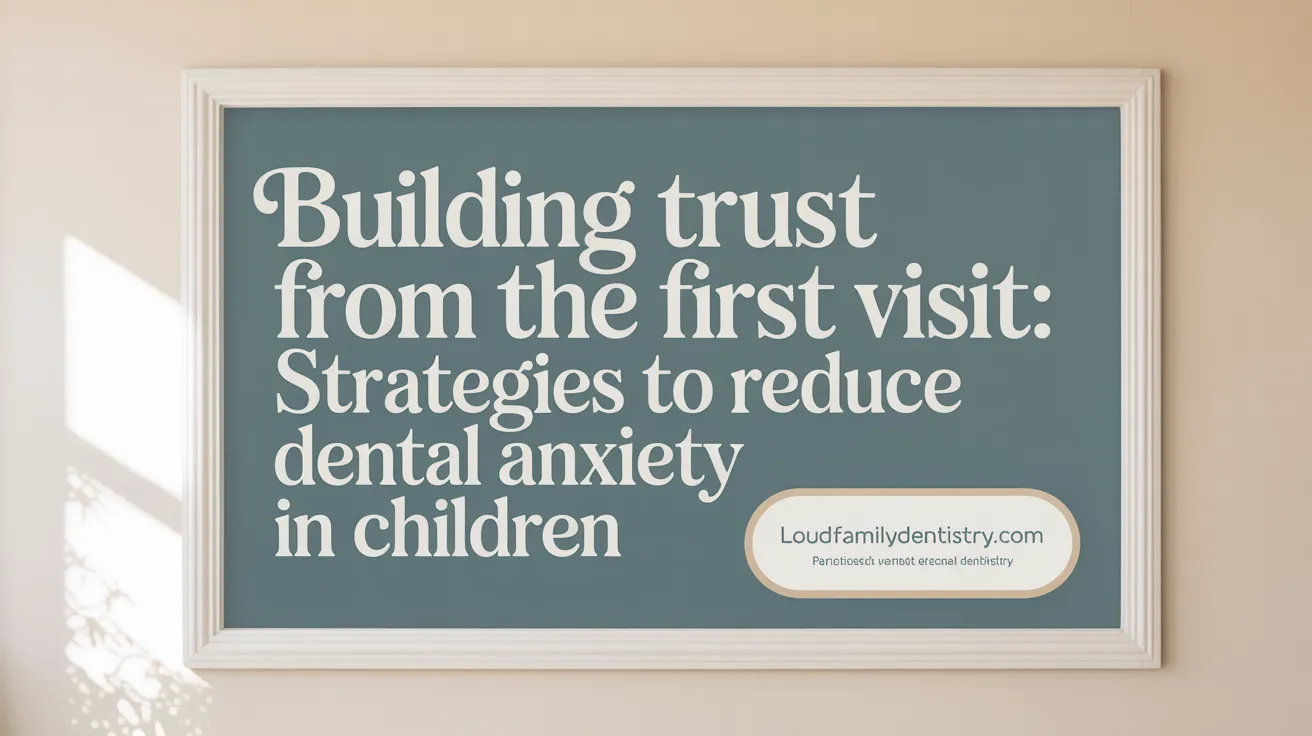
How can early dental introduction help children?
Introducing children to the dentist at a young age, preferably by their first tooth or first birthday, helps familiarize them with the environment. Regular visits every six months or so build a routine that reduces fear over time. Pediatric dental offices often have vibrant decor, smaller equipment, and fun elements like toys or prizes to make the experience more inviting.
How does positive language and parental influence impact children's feelings about dental visits?
Talking positively about dental visits and avoiding words like 'pain' or 'hurt' can significantly lessen fear. Parents' calm demeanor and positive attitude are equally influential. When parents express excitement and reassurance, children tend to mirror these emotions, leading to more relaxed visits.
What strategies make children feel more comfortable during dental appointments?
Scheduling visits when children are well-rested and not hungry helps them stay relaxed. Bringing comfort items like teddy bears or blankets offers a sense of security. Explaining procedures using simple, child-friendly language and showing the tools beforehand help demystify the experience.
How can distraction and relaxation techniques be used to manage anxiety?
Distraction methods such as playing their favorite music, story-telling, or using videos during the appointment can divert attention from the procedure. Teaching deep breathing or counting exercises provides children with simple ways to calm themselves. Interactive games and the presence of toys in the waiting room also help manage patience and anxiety.
When might sedation be necessary for severe anxiety?
For children with intense fear or anxiety that prevents cooperation, dentists may recommend sedation under professional supervision. Options like nitrous oxide (laughing gas) are safe methods to ensure comfort during complex procedures, allowing essential dental care to be performed with minimal stress.
| Approach | Techniques | Purpose |
|---|---|---|
| Early Introduction | First visits by age one, routine checkups | Build familiarity and routine |
| Positive Communication | Child-friendly explanations, praise | Foster trust and reduce fear |
| Comfortable Environment | Decor, toys, distractions | Create an inviting atmosphere |
| Parental Support | Calm attitude, involvement in care | Model positive behavior |
| Relaxation and Distraction | Deep breathing, videos, storytelling | Calm the child's nerves |
| Advanced options | Sedation when necessary | Minimize severe anxiety, facilitate treatment |
These combined strategies help children develop a positive perception of dental care, encouraging ongoing good oral health habits and reducing long-term anxiety associated with dental visits.
Creating Enjoyable and Positive Dental Experiences for Children
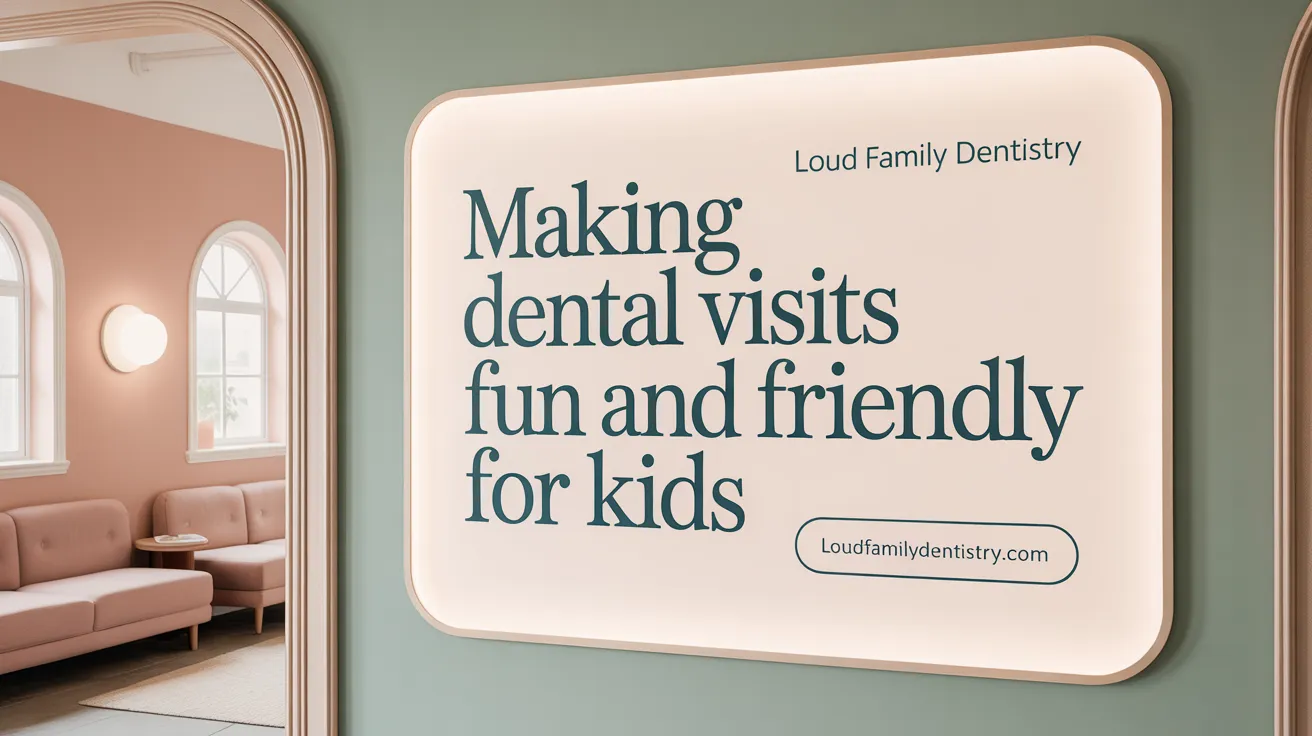
How can pediatric dental visits be made enjoyable and positive experiences for children?
Making dental visits fun and stress-free for children involves several thoughtful strategies. Starting early, ideally around the first tooth or by their first birthday, helps children become familiar with the dental environment and builds confidence.
Choosing a pediatric dentist trained specifically for children ensures that the care is gentle, welcoming, and tailored to young patients. These professionals often design their offices with vibrant decor, themed rooms, and smaller equipment, creating a child-friendly space that feels less intimidating.
Parents' attitudes play a vital role; maintaining a calm and positive demeanor can influence children to feel more at ease. Talking positively about dental visits, using reassuring language, and avoiding negative words like "pain" or "hurt" can help set a positive tone.
To prepare children, parents can read children’s books about the dentist, role-play visits at home, or watch videos together. Scheduling appointments when children are well-rested and not hungry (such as in the morning) helps them stay more cooperative and relaxed.
During the visit, distraction techniques like bringing a favorite toy, tablet, or music help divert attention from procedures. Showing children the dental tools beforehand and explaining their purpose in simple terms can demystify the process.
Incorporating fun activities, such as storytelling or giving small rewards like stickers, reinforces positive behavior. Celebrating milestones, like their first visit or a successful cleaning, builds pride and encourages ongoing good habits.
Consistent communication, patience, and gentle procedures also contribute to a positive experience. When children see that dental visits are safe, friendly, and even enjoyable, they develop a healthy attitude toward oral care that lasts a lifetime.
How does a well-designed environment help?
A pediatric dental office with colorful decor, interactive games, and soothing surroundings makes children feel more comfortable. Access to entertainment options like cartoons or play areas can reduce anxiety and make waiting times pleasant.
Overall, combining early familiarization, child-friendly environments, positive communication, distraction techniques, and rewarding good behavior creates a foundation for a stress-free and even fun dental care experience for children.
Educational Preparation: Equipping Parents and Children for Dental Visits
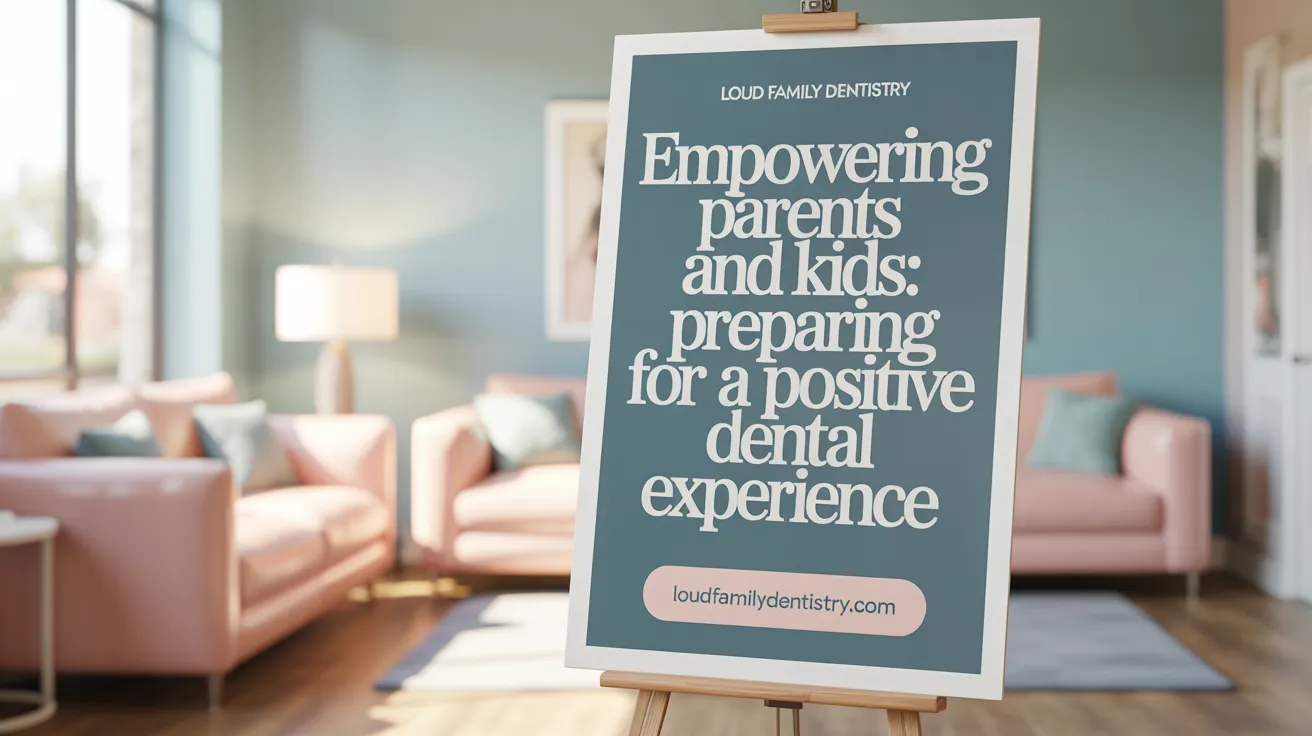
What educational approaches can parents and guardians use to prepare children for dental appointments?
Effective preparation for dental visits involves several educational strategies. Parents should start by explaining what will happen in simple, positive, and age-appropriate language. Instead of focusing on discomfort, they can highlight the fun aspects, like exploring new tools or counting teeth.
Using engaging materials such as children's books, videos, and even role-playing at home can familiarize young children with the dental environment. For example, playing 'dentist' with toys or practicing opening their mouth wide helps reduce fear of the unknown.
Establishing a consistent oral hygiene routine—like brushing twice a day with fun, flavored toothpaste—encourages healthy habits and creates familiarity with dental care practices.
A pre-visit tour of the dental office, if possible, can help children feel more at ease by seeing the colorful decor and meeting staff beforehand. Bringing a favorite toy or blanket provides comfort and security during the appointment.
Parents are encouraged to reinforce positive experiences through praise, stickers, or small rewards, which encourage children to develop a cooperative attitude.
Maintaining an upbeat and supportive attitude helps children mirror their parent's positive outlook, making dental visits less stressful. These educational approaches help children develop confidence and foster an early love for good oral health habits.
| Strategy | Details / Tips | Purpose |
|---|---|---|
| Use simple, positive language | Avoid words like 'pain'; focus on positive outcomes | Reduce fear and anxiety |
| Books, videos, and role-play | Use age-appropriate resources and pretend play at home | Familiarize and demystify dental procedures |
| Routine oral hygiene | Consistent brushing with fun, flavored toothpaste | Promote healthy habits and familiarity with routine |
| Office pre-visit tours | Visit the dentist's office ahead of time if possible | Reduce fear of environment |
| Comfort items | Bringing a favorite toy or blanket | Provide reassurance and security |
| Positive reinforcement | Praise, stickers, rewards for good behavior | Encourage cooperation and positive attitude |
Designing Fun and Fear-Free Dental Environments
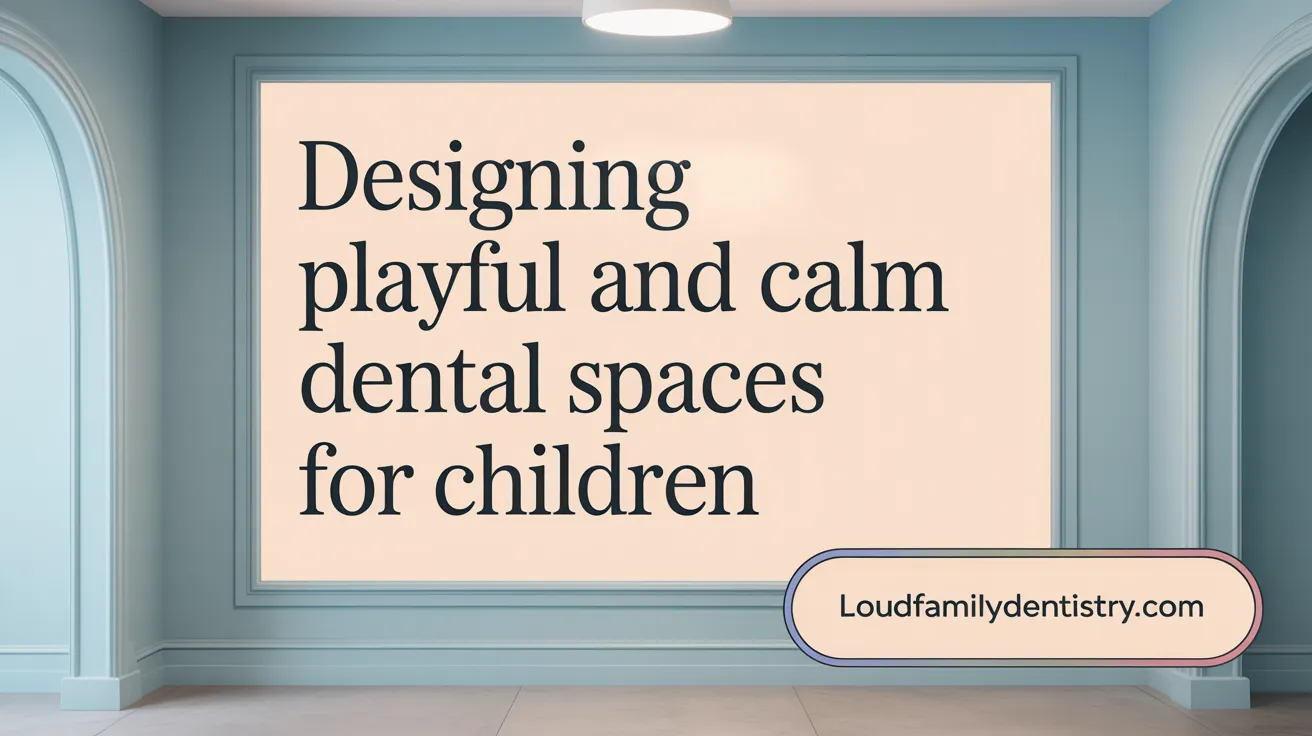
What techniques can dental offices use to create a fun and fear-free environment for children?
Creating a welcoming and engaging dental atmosphere is essential to helping children feel comfortable and safe during their visits. Dental clinics can transform their spaces by incorporating colorful decor, themed rooms like undersea adventures or jungle safaris, and vibrant artwork that appeal to children. Providing toys, interactive games, and entertainment options such as TVs playing cartoons can distract young patients and reduce anxiety.
A significant approach is the 'Tell-Show-Do' technique, where the dentist explains procedures in simple, age-appropriate language, shows children the tools, and then gently performs the treatments. This method helps demystify the experience and builds trust.
Reward systems play a vital role in fostering positive associations. Offering stickers, small prizes, or certificates after appointments encourages children to look forward to visits and feel proud of their cooperation. Many dental offices also provide comfort items like stuffed animals or blankets to give children a sense of security.
Parental involvement is crucial. Parents can help prepare their children by talking positively about the visit, reading children’s books on dental care, or role-playing dentist visits at home. During the appointment, distraction techniques such as storytelling, music, or guided imagery, along with allowing children to hold their comfort items, help manage fear.
Overall, these combined strategies create a child-friendly environment that reduces stress and builds a positive outlook toward dental health.
Best Practices for Healthcare Providers to Enhance Pediatric Dental Visits
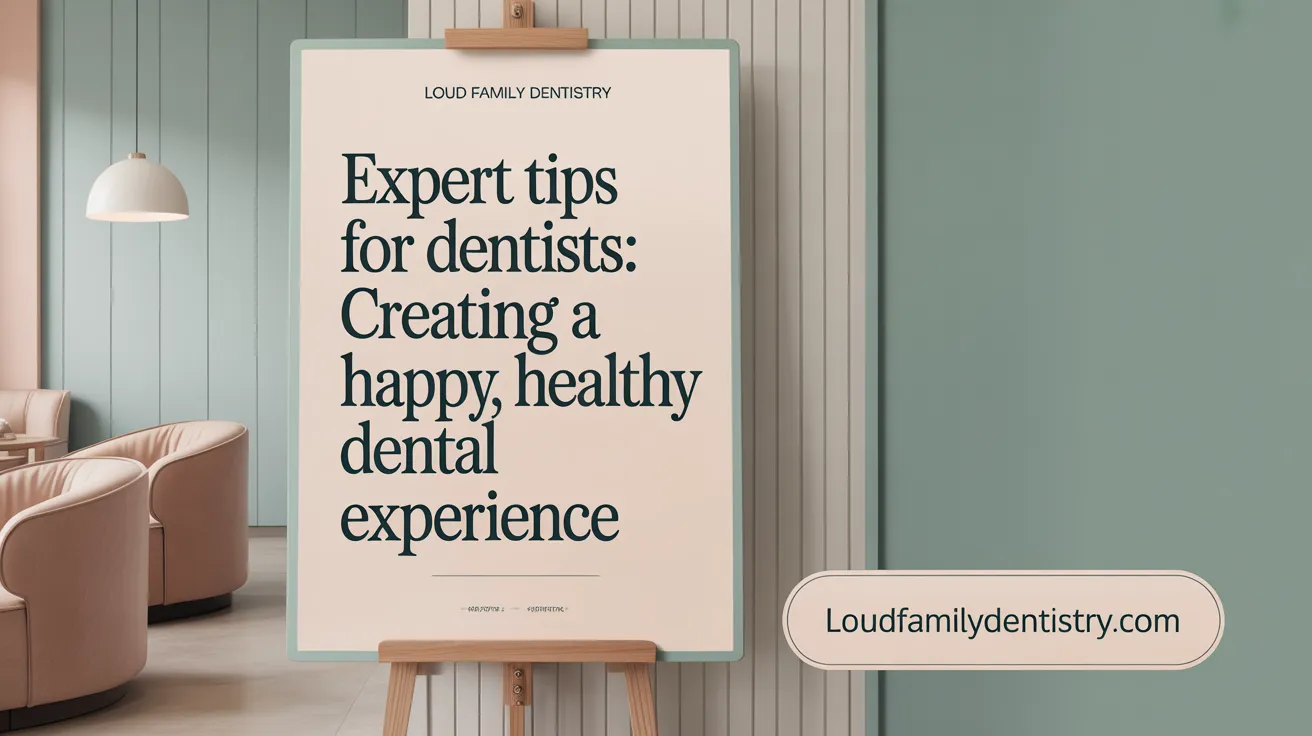
What practical advice can healthcare providers follow to improve experiences of children during dental visits?
Healthcare providers can significantly improve children's dental experiences by creating a welcoming, child-friendly environment. Decorated with bright colors, thematic artwork, and equipped with toys or interactive screens, a pediatric dental office transforms from a clinical space into an engaging space. Using simple, age-appropriate language and the tell-show-do method helps children understand what to expect, reducing fears associated with the unknown. Engaging kids with storytelling or role-play sessions can make procedures seem like fun adventures.
Building a rapport through friendly talk and positive reinforcement encourages cooperation. Involving parents as a source of reassurance and support adds to the child’s comfort. Scheduling shorter, early appointments ensures children are not overtired or hungry, making them more receptive. Gradual exposure through initial exploration visits and celebrating milestones like first teeth or successful cleanings help foster positive attitudes toward ongoing dental care. Emphasizing prevention and oral health education helps children develop lifelong healthy habits.
How can communication and comfort measures be used to ease children's dental anxiety?
Effective communication is essential for easing dental fears. Using child-friendly language, visual aids, and friendly tones helps demystify procedures. Describing treatments as fun activities or adventures can shift perceptions from scary to exciting. The 'tell-show-do' approach, where the dentist explains and demonstrates tools and procedures, helps children understand what is happening and builds trust.
Creating a cheerful environment with colorful decor, toys, and distraction tools like tablets or music reduces anxiety and helps the child stay calm. Techniques such as guided imagery, storytelling, or playing with favorite comfort items like stuffed animals or blankets provide emotional security. Parental presence during treatments offers additional reassurance, and positive feedback or small rewards, like stickers, reinforce good behavior.
For children with higher anxiety, gentle sedation options like nitrous oxide or behavioral therapy, under trained supervision, can ensure comfort. Consistent, calm, and encouraging communication supports children in feeling safe and supported during their visits.
| Strategy | Description | Additional Benefits |
|---|---|---|
| Child-Friendly Decor | Bright colors, themed rooms | Engages children, reduces fear |
| Tell-Show-Do | Explaining and demonstrating | Builds understanding, trust |
| Distraction | Toys, music, videos | Keeps children occupied and relaxed |
| Parental Support | Presence, comfort items | Emotional security |
| Rewards and Praise | Stickers, praise | Fosters positive associations |
| Gradual Exposure | Exploration visits | Eases new experiences |
Making visits fun and supportive, through communication, environment, and behavioral strategies, creates a positive foundation for children’s lifelong oral health habits.
Fostering Lifelong Healthy Smiles Through Positive Dental Experiences
Making pediatric dental visits fun and stress-free requires a collaborative effort between parents, dental professionals, and children themselves. Early introduction, consistent positive communication, a welcoming environment, and thoughtful preparation all contribute to reducing anxiety and building confidence. By embracing these strategies, we lay a foundation for children to embrace regular dental care enthusiastically, ensuring not only their oral health but also their overall well-being for years to come.
References
- Helping Your Child Overcome Dental Anxiety | Dental Blog
- Creating a Positive Dental Experience for Your Child
- 7 Secrets to Making Your Child's First Dentist Visit Tear-Free!
- How to Make Dental Visits Fun and Stress-Free for Kids
- Making Dentistry Fun and Fear-Free for Kids
- How to Make Dental Visits Fun and Fear-Free for Your Child
- Making Dental Visits Fun: Pediatric Dentists' Secrets
